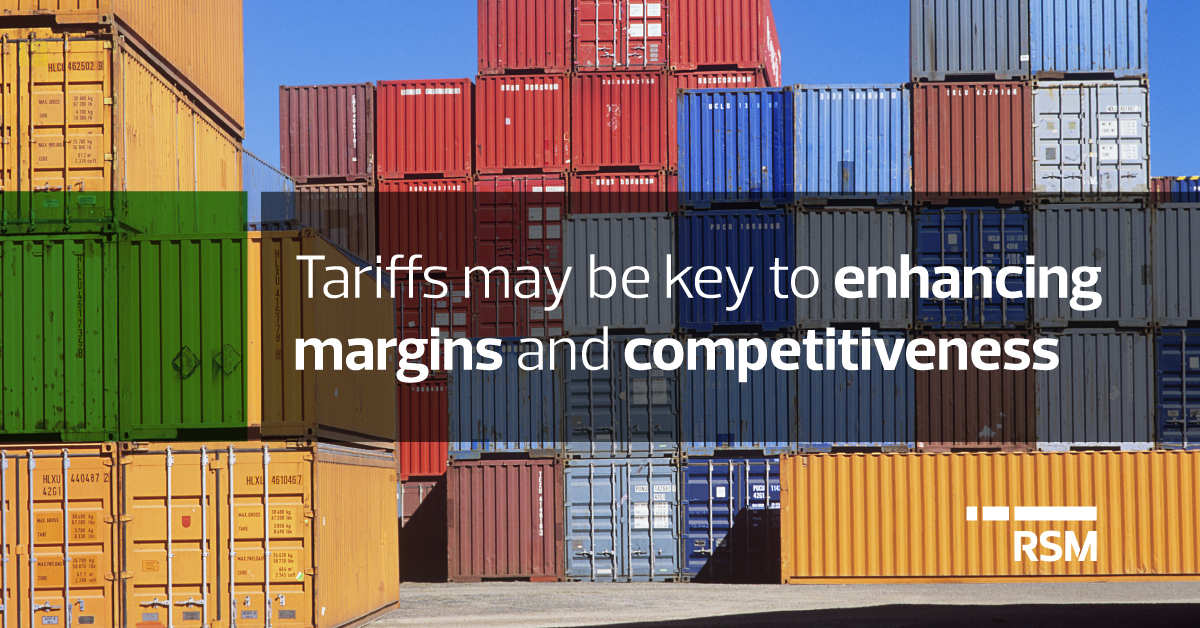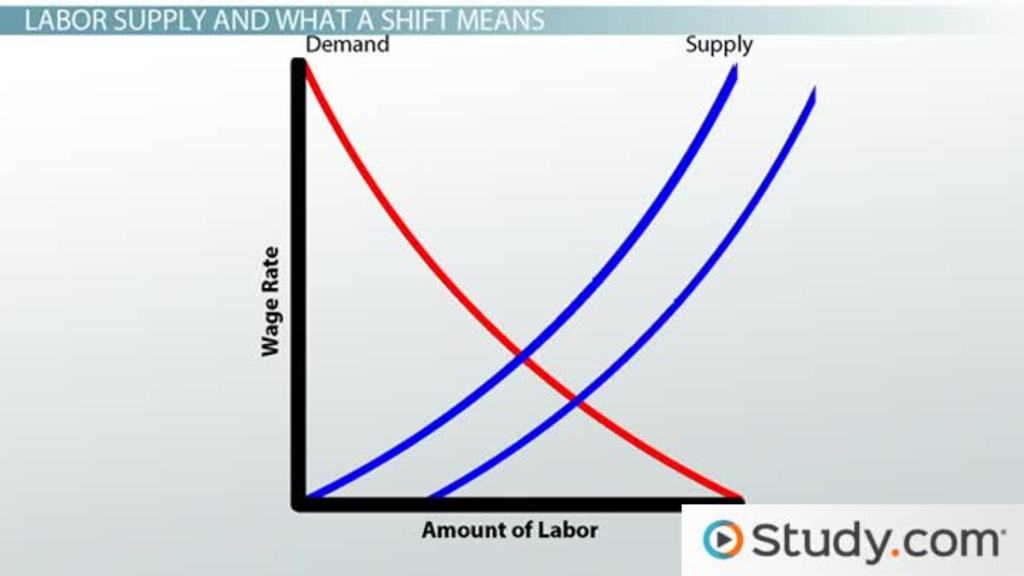U.S. Businesses Navigate Tariff Challenges Through Strategic Cost Reduction

Table of Contents
Identifying Areas for Cost Reduction
Effectively navigating tariff challenges requires a proactive approach to cost reduction. This involves a comprehensive review of your operational processes and supply chain to identify areas for improvement and potential savings.
Supply Chain Optimization
Optimizing your supply chain is crucial for mitigating tariff impacts. This includes diversifying your sourcing to reduce reliance on single countries subject to tariffs.
-
Diversify Sourcing: Explore alternative suppliers in countries with favorable trade agreements or lower tariffs. Consider near-shoring or reshoring to reduce transportation costs and lead times.
-
Near-shoring and Reshoring: Relocating manufacturing closer to your home market reduces shipping costs and potential delays caused by tariffs. This strategy can also improve supply chain visibility and responsiveness.
-
Supplier Relationship Management (SRM): Strong relationships with suppliers allow for better negotiation of prices and terms. Effective SRM fosters collaboration and trust, leading to mutually beneficial outcomes.
- Examples of Successful Strategies: Utilizing technology for improved supply chain visibility (e.g., blockchain technology), negotiating longer-term contracts with favorable pricing and payment terms.
Production Efficiency Improvements
Implementing lean manufacturing principles and embracing automation can significantly improve production efficiency and reduce costs.
-
Lean Manufacturing: Eliminating waste in all forms (materials, time, effort) streamlines operations and maximizes productivity.
-
Automation and Technology: Investing in robotics, AI-powered systems, and other automation technologies can increase output, reduce labor costs, and improve product quality.
-
Process Optimization and Employee Training: Regularly reviewing and optimizing production processes, coupled with employee training programs, can significantly improve efficiency.
- Examples of Efficiency Improvements: Implementing Six Sigma methodology for process improvement, investing in robotics for repetitive tasks, and implementing just-in-time inventory management.
Negotiating Better Terms with Suppliers
Effective negotiation is key to securing better pricing and payment terms from suppliers.
-
Strategic Negotiation: Develop a clear negotiation strategy based on market analysis and your supplier's needs. Leverage your purchasing power and explore alternative suppliers as leverage.
-
Building Strong Relationships: Strong relationships lead to greater trust and cooperation, creating opportunities for mutually beneficial pricing agreements and flexible payment terms.
-
Data-Driven Negotiation: Utilize data analysis to identify cost savings opportunities and justify your negotiation positions.
- Examples of Negotiation Tactics: Negotiating volume discounts, exploring alternative payment terms (e.g., extended payment periods), and bundling orders to secure lower prices.
Exploring Government Resources and Support
The U.S. government offers several programs and initiatives designed to help businesses cope with tariff impacts.
Tariff Relief Programs
Several programs provide tariff relief or mitigation strategies for businesses affected by tariffs.
-
Section 301 Exclusion Requests: Businesses can petition the government for exclusion from tariffs on specific products if they can demonstrate significant economic hardship.
-
Generalized System of Preferences (GSP): This program provides duty-free treatment for certain goods imported from designated beneficiary countries.
- Application Process: The application processes for these programs vary, but typically involve detailed documentation supporting the need for relief. Consult the relevant government websites for specific instructions and requirements. [Insert links to relevant government websites here]
Tax Incentives and Credits
Businesses can explore various tax incentives and credits to offset the increased costs associated with tariffs.
-
Research and Development (R&D) Tax Credits: These credits incentivize innovation and can help offset the cost of developing new products or processes to mitigate tariff impacts.
-
Foreign Tax Credits: These credits can reduce the tax burden on profits earned from foreign operations impacted by tariffs.
- Eligibility Criteria: Eligibility for these incentives varies depending on the specific program and your business circumstances. Consult a tax professional for guidance.
Long-Term Strategies for Tariff Resilience
Building long-term resilience requires strategic planning and investment.
Investing in Innovation
Investing in R&D and adopting innovative technologies are key to long-term success in a tariff-affected environment.
-
R&D Investment: Investing in research and development to create more efficient and cost-effective products and processes will reduce your reliance on imported goods and improve your competitiveness.
-
Technological Advancements: Embracing new technologies can help automate processes, improve efficiency, and reduce reliance on imported components or materials.
- Examples of Innovative Solutions: Developing alternative materials, implementing automation to reduce labor costs, and investing in advanced manufacturing technologies.
Building a Diversified Business Model
Diversification reduces your exposure to tariff-related risks.
-
Market Diversification: Expanding into new markets reduces reliance on any single market susceptible to tariff changes.
-
Product Diversification: Offering a wider range of products reduces the impact of tariffs on any single product line.
-
Strategic Alliances and Partnerships: Collaborating with other businesses can create opportunities for cost sharing and increased market access.
- Examples of Successful Diversification Strategies: Expanding into new geographic markets, developing new product lines, and establishing strategic partnerships with complementary businesses.
Conclusion
Successfully navigating tariff challenges requires a multifaceted approach. By identifying areas for cost reduction, leveraging government resources, and implementing long-term strategies focused on innovation and diversification, U.S. businesses can mitigate the negative impact of tariffs and build greater resilience. Remember, U.S. businesses navigate tariff challenges through strategic cost reduction by proactively implementing these strategies. Don't let tariffs cripple your business. Start optimizing your supply chain and exploring government resources today to mitigate the impact of tariffs on your business.

Featured Posts
-
 Emergency In Beirut Israeli Airstrike And Evacuation Order
Apr 29, 2025
Emergency In Beirut Israeli Airstrike And Evacuation Order
Apr 29, 2025 -
 Minnesota Immigrant Job Market Shifts Higher Wages Reported
Apr 29, 2025
Minnesota Immigrant Job Market Shifts Higher Wages Reported
Apr 29, 2025 -
 Will Mark Carneys Campaign Gain Traction Before Election Day
Apr 29, 2025
Will Mark Carneys Campaign Gain Traction Before Election Day
Apr 29, 2025 -
 Understanding Ais Thought Processes A Surprisingly Simple Reality
Apr 29, 2025
Understanding Ais Thought Processes A Surprisingly Simple Reality
Apr 29, 2025 -
 Tragedy Strikes North Carolina University Shooting Results In Fatalities And Injuries
Apr 29, 2025
Tragedy Strikes North Carolina University Shooting Results In Fatalities And Injuries
Apr 29, 2025
Latest Posts
-
 The Future Of Search Perplexitys Ceo On Battling Google In The Ai Browser Race
Apr 29, 2025
The Future Of Search Perplexitys Ceo On Battling Google In The Ai Browser Race
Apr 29, 2025 -
 Ai Browser War An Interview With Perplexitys Ceo
Apr 29, 2025
Ai Browser War An Interview With Perplexitys Ceo
Apr 29, 2025 -
 Is Kuxius Solid State Power Bank Worth The Higher Price A Detailed Review
Apr 29, 2025
Is Kuxius Solid State Power Bank Worth The Higher Price A Detailed Review
Apr 29, 2025 -
 Chuck Schumer On Stepping Down I M Staying Put He Insists
Apr 29, 2025
Chuck Schumer On Stepping Down I M Staying Put He Insists
Apr 29, 2025 -
 Perplexity Ceo On The Ai Browser War Taking On Google
Apr 29, 2025
Perplexity Ceo On The Ai Browser War Taking On Google
Apr 29, 2025
